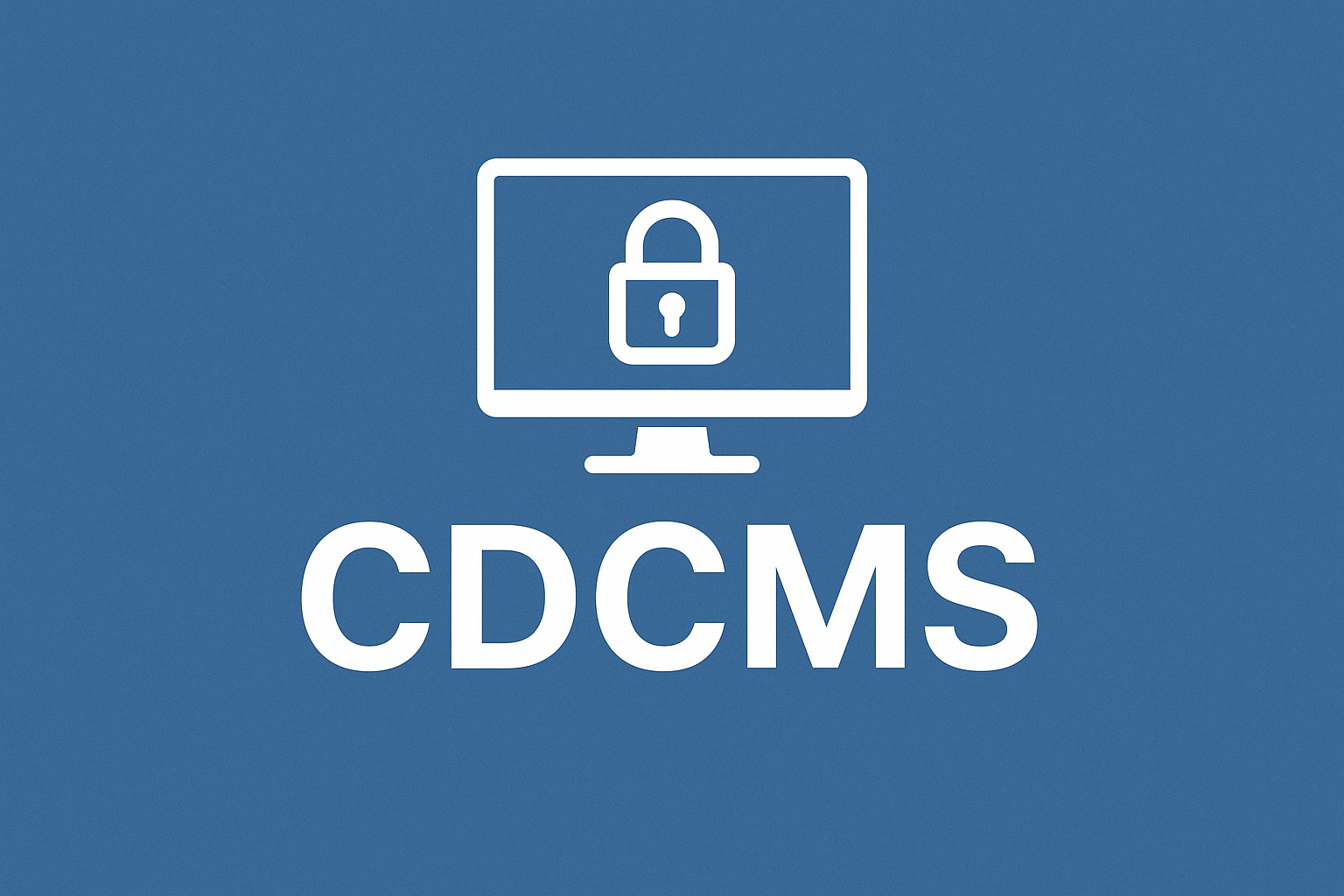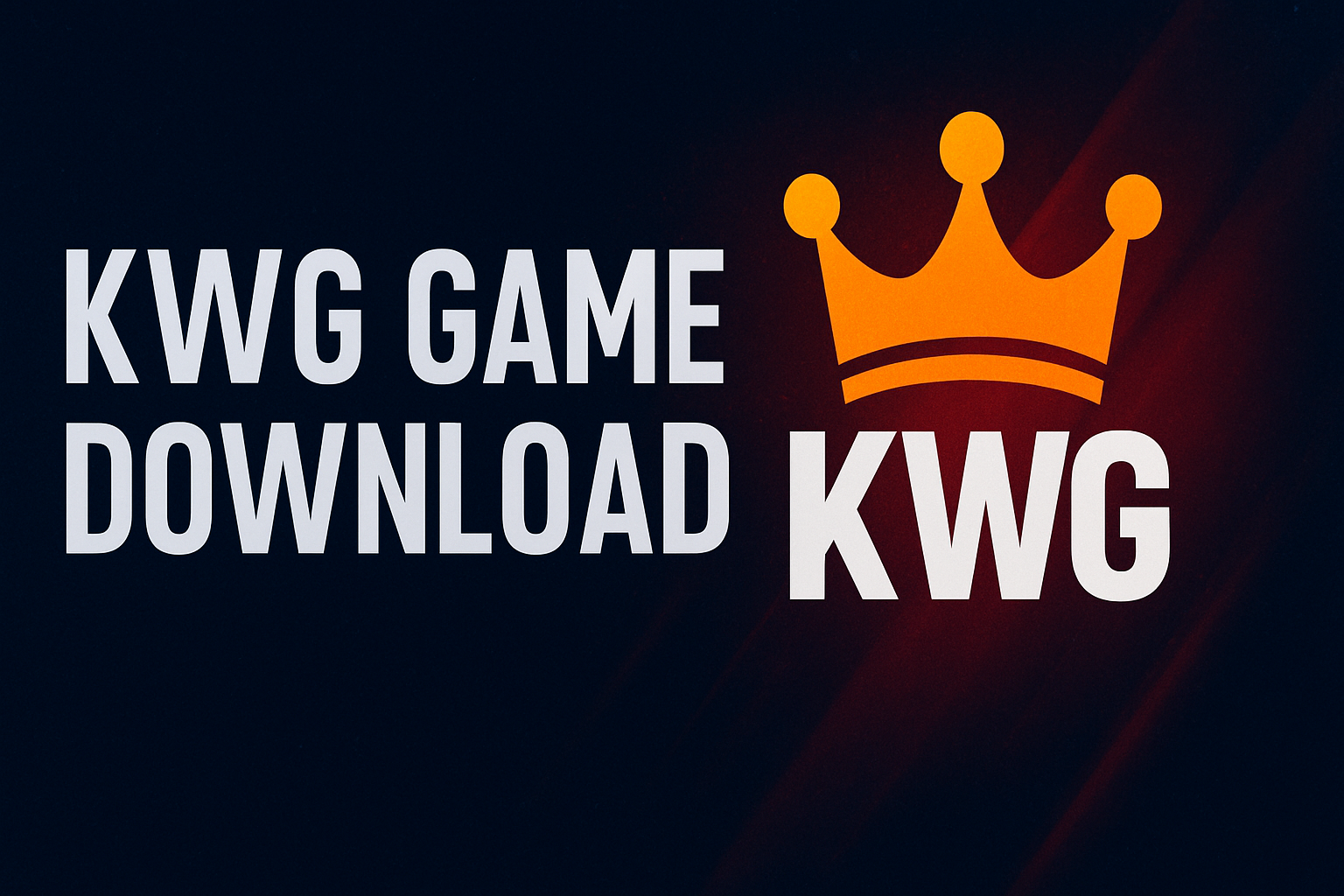In the modern era of digital data management, seamless control over information and reporting is vital. One such system that is revolutionizing how organizations manage, monitor, and analyze their operational data is CDCMS. The acronym “CDCMS” stands for Centralized Data Control and Management System—a powerful, web-based platform designed to handle data entry, reporting, and analytical tasks in an efficient, secure, and organized manner.
This article takes you through a comprehensive understanding of the CDCMS, including how to access the CDCMS login, navigate the CDCMS portal, and use the CDCMS report module to its fullest potential.
What Is CDCMS?
CDCMS is a digital management platform built to centralize data collection, streamline workflows, and simplify reporting across departments and organizations. Whether it’s used by government institutions, educational boards, healthcare departments, or corporate entities, CDCMS acts as the core system that consolidates information and automates data-driven decision-making.
At its heart, CDCMS provides three essential functions:
- Centralized Data Storage:
It collects and stores all relevant data from multiple sources into one secure, unified database. - Automated Reporting:
Through the CDCMS report module, the system generates real-time reports and analytical summaries, minimizing human errors and saving time. - Access Control and Monitoring:
Administrators can manage user roles, monitor data activities, and ensure compliance with organizational policies—all through the CDCMS portal.
The platform’s design makes it a cornerstone for organizations seeking transparency, accuracy, and accountability in data management.
Importance of the CDCMS Portal
The CDCMS portal serves as the central access point for all users. It is the digital interface through which administrators, data entry operators, and analysts perform their daily tasks. The portal integrates user-friendly dashboards, quick navigation options, and responsive design to make it accessible across desktops, tablets, and mobile devices.
Key Functions of the CDCMS Portal:
- Data Upload & Verification:
Users can upload datasets directly through the portal, verify records, and make real-time updates. - User Role Management:
Administrators can assign different levels of access depending on user roles—ensuring data security and integrity. - Task Tracking:
The system enables tracking of data entries, report submissions, and ongoing projects. - Real-Time Notifications:
Users receive instant alerts on new updates, pending tasks, or system announcements, ensuring smooth coordination. - Interactive Dashboards:
The portal displays data trends and analytics visually, allowing decision-makers to draw insights quickly.
The CDCMS portal thus plays an essential role in bridging the gap between raw data and actionable insights.
How to Access the CDCMS Login
Accessing the CDCMS login page is the first step for any user. The process typically involves secure authentication, ensuring that only authorized personnel can enter the system.
Steps to Access CDCMS Login:
- Visit the Official CDCMS Portal:
Users start by navigating to the official CDCMS website or portal link provided by their organization or department. - Enter Login Credentials:
A registered username and password are required. In some setups, two-factor authentication or one-time passwords (OTP) may be implemented for enhanced security. - Select Role or Department:
In multi-departmental systems, users may need to choose their respective role or branch before gaining full access. - Access Dashboard:
Upon successful login, the personalized dashboard appears, showing assigned tasks, pending reports, and analytics summaries.
Troubleshooting Login Issues
Sometimes users face challenges while logging in due to technical glitches or forgotten credentials. Common solutions include:
- Checking internet connectivity
- Ensuring correct username/password entry
- Clearing browser cache or cookies
- Contacting the portal administrator for password reset
Maintaining security during CDCMS login is vital, as the portal often contains sensitive institutional or organizational data.
Exploring the CDCMS Report Feature
One of the standout features of the system is the CDCMS report functionality. Reports play an integral role in analyzing collected data, reviewing performance, and guiding strategic decisions. The platform’s report section is built to handle large datasets with precision and clarity.
What Is a CDCMS Report?
A CDCMS report is an automatically or manually generated document that summarizes data collected within the CDCMS environment. It may include key performance metrics, trend analyses, error summaries, or progress evaluations—depending on the organization’s goals.
These reports can be:
- Monthly/Quarterly Reports: For monitoring ongoing projects or compliance.
- Analytical Reports: For evaluating key data points and identifying growth opportunities.
- Operational Reports: For administrative review and task management.
- Custom Reports: Created using specific filters or parameters selected by the user.
Benefits of CDCMS Reports:
- Improved Transparency: Everyone in the organization can track performance through structured data representation.
- Faster Decision-Making: Managers can make informed choices based on real-time insights.
- Error Reduction: Automated calculations minimize human error.
- Time Efficiency: Reports can be generated within seconds instead of hours.
The ability to generate precise and timely CDCMS reports is what sets the system apart as a comprehensive data management solution.
Inside the CDCMS Report Module
The CDCMS report module is the dedicated tool or section within the portal that handles all report-related operations. It enables users to create, view, edit, and export reports with minimal effort.
Core Components of the Report Module:
- Report Builder:
Users can select data fields, apply filters, and customize layouts to generate reports according to their needs. - Visualization Tools:
Charts, graphs, and tables help interpret data visually, making it easier to communicate results. - Export & Sharing Options:
Reports can be exported in various formats like PDF, Excel, or CSV for offline analysis or sharing with stakeholders. - Access Control:
The module ensures only authorized users can create or modify reports, maintaining data confidentiality. - Automated Scheduling:
Certain systems allow reports to be auto-generated at fixed intervals—daily, weekly, or monthly. - Historical Report Archive:
The module stores old reports for future reference and compliance tracking.
Through the CDCMS report module, organizations can monitor progress, detect anomalies, and plan strategic actions—all through data-driven insights.
The Role of CDCMS in Digital Transformation
The integration of CDCMS into organizational workflows represents a significant shift toward digital transformation. It replaces outdated manual systems with automated, analytics-driven solutions that promote efficiency and accountability.
How CDCMS Supports Transformation:
- Data Accuracy: Automated entries and validations minimize discrepancies.
- Process Automation: Reduces repetitive administrative work.
- Improved Collaboration: Multiple departments can work within a single ecosystem.
- Enhanced Security: Advanced encryption protocols protect sensitive information.
- Sustainability: Reduces paper usage by moving all documentation online.
Organizations adopting CDCMS report modules and portals are better positioned to scale operations while maintaining control over every data point.
Common Challenges and Best Practices
While the CDCMS portal is designed to be user-friendly, maximizing its efficiency requires proper implementation and training.
Common Challenges:
- Insufficient user training
- Incomplete data entries leading to report errors
- Login authentication issues
- Poor internet connectivity
- Lack of consistent data validation
Best Practices for Efficient CDCMS Usage:
- Regular User Training:
Ensure all staff understand how to log in, navigate, and generate reports effectively. - Data Validation Checks:
Verify that all data uploaded is accurate and consistent before submission. - Periodic Backups:
Maintain regular system backups to prevent data loss during updates or outages. - Role-Based Access Control:
Assign access permissions carefully to safeguard confidential data. - Use of Automated Reports:
Schedule auto-reports for routine performance evaluations.
By following these best practices, organizations can unlock the full potential of CDCMS and ensure seamless operations.
Conclusion
The Centralized Data Control and Management System (CDCMS) stands as a cornerstone in modern data management infrastructure. Whether you are accessing the CDCMS login, exploring the CDCMS portal, or utilizing the CDCMS report module, every element is designed to enhance transparency, efficiency, and control over data operations.
In a world where information drives success, CDCMS empowers organizations to transform raw data into meaningful insights—paving the way for smarter decisions and stronger performance. With its robust design, secure login systems, and advanced reporting capabilities, CDCMS continues to redefine how institutions manage data in the digital age.Understanding CDCMS: A Complete Guide to Login, Portal, and Report Modules.
#CDCMS, #DataManagement, #DigitalReporting, #SmartPortal, #OnlineReports, #DataControl, #AnalyticsSystem, #CDCMSPortal, #TechAutomation, and #DigitalWorkflow






Leave a Reply